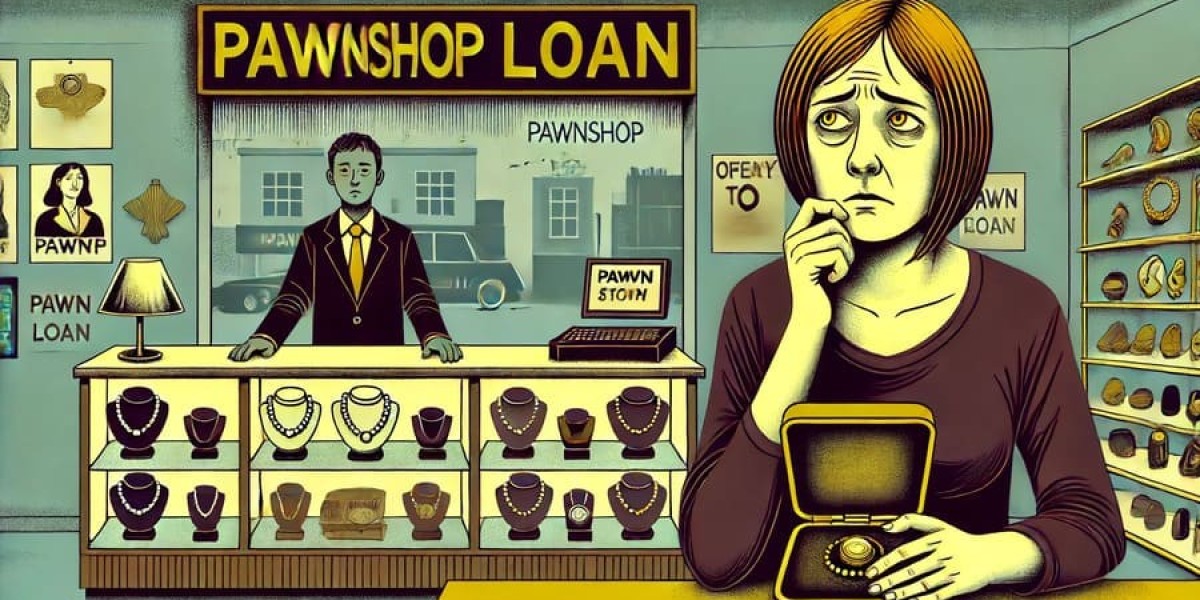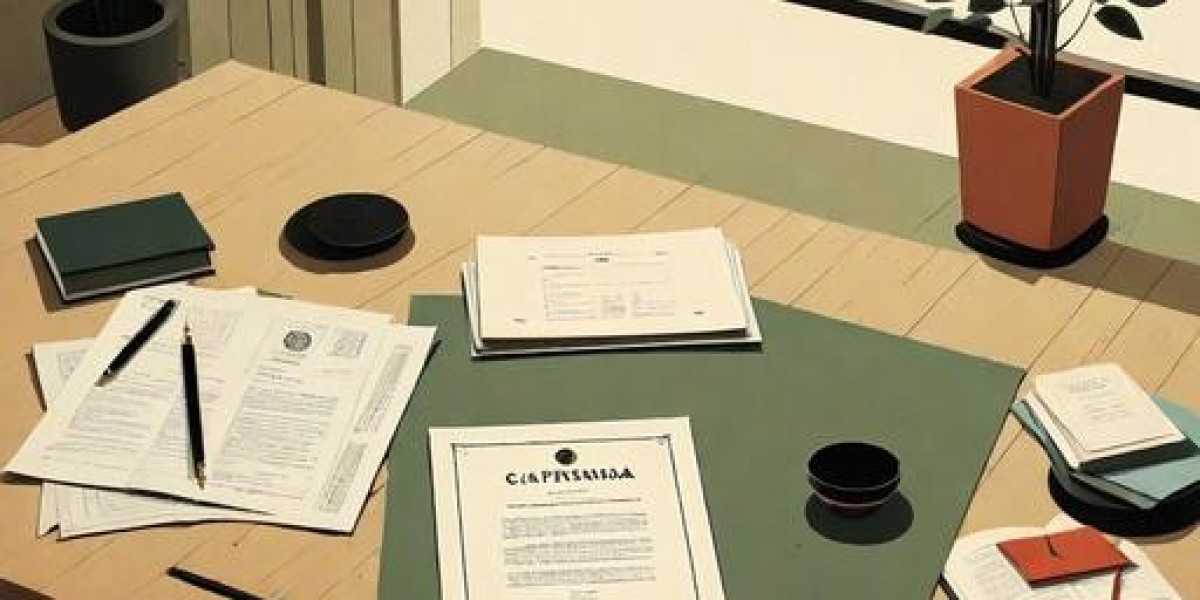To obtain a driver's license you must pass a test written about traffic laws and road signs. Practical training is also required. These include learning to drive with an instructor or a licensed adult.
Driving license category B permits drivers to drive passenger vehicles and trailers of up to 3,500kg maximum mass. However, certain restrictions could be in place, such as not driving between 1 a.m and 5 a.m and only one passenger during the first six months after being licensed.
Passenger car
In the US There are numerous types of drivers licenses. There are classes for people who drive passenger cars taxis, livery vehicles, taxis (for hire) commercial vehicles and farm vehicles. The requirements and procedure for obtaining these licenses vary by state.
The most common driver's licence is the Class D, that permits you to drive passenger vehicles. But, you can also obtain a Class B driver's license to drive trucks and tow trailers of a smaller size. This license is useful in the event that you need to transport a camper or boat. It's also useful if you need to transport your family or friends. A Class D license is also an identification card issued by the state.
Passenger car driving requires a high level of attention to the road and traffic conditions. It is essential to maintain a safe speed and to check your mirrors frequently to see what other drivers are doing around you. You must also be able to read and understand the road signs and signals and also understand the basics of road etiquette.
If you're looking to make a move in the transportation sector, the class B license is a great option. It enables you to operate vehicles with a gross vehicle weight rating of less than 26,000 pounds and permits you to haul trailers that weigh 10,000 pounds or less. You can also earn CDL certifications, which gives you additional permits for certain kinds of trailers or vehicles. With the correct endorsement, you can also drive passenger vans and small HAZMAT vehicles. This type of license is also required for those looking to work as a driver or in the taxi or livery industry.
Lorry
If you plan to drive commercial vehicles, you will need a special license. You'll typically require a CDL class A or B. This will depend on the gross vehicle weight rating (GVWR) of the truck as well as any trailers being to be towed. You may also require an endorsement to drive certain types of vehicles, or to transport certain kinds of cargo.
A class C CDL allows you to operate an individual or combination vehicle that is not in compliance with the specifications of Class A or B and is used for the transportation of hazardous materials (HAZMAT). You may also require an endorsement for a fifth-wheel trailer with more than 10,000 pounds. GVWR when the trailer isn't being transported as compensation.
To obtain a class B CDL the applicant must be at least 16 and have completed a driver's training course. You must also pass a written exam and have a good driving record. You must also complete 40 hours of driving lessons which includes 10 nights of night driving. In addition you must possess a valid learner's permit for six months and must not carry passengers who are less than 20 for the first year of holding a restricted license.
A class C drivers license permits you to drive non-commercial buses and RVs. This is a great choice if you're planning to embark on an extended tour with your band as well as your Floridian grandparents, and your uncle, the farmer. This license is ideal for those who have to transport passengers or material. You can also operate an individual vehicle or combination up to legal limits depending on the endorsements you have. Additionally, physically impaired drivers can also ride motor tricycles that have a power output of greater than 15kW.
The following are some examples of trailers' use:
If you hold a driving licence in the category B, then you are allowed to tow a trailer up to 3500 kg in total weight. The trailer that is loaded with passengers cannot weigh more than your vehicle. A car scale is the most efficient method of weighing your car and trailer. They are available at your local hardware store or in your garage. Place the scales under each wheel of your car one at a time. The total weight of your car and trailer is the total of all the weights measured.
You can also drive a trailer and vehicle with a maximum weight of 8,250kg MAM on a driving license category B+, if you pass an exam for subcategory E1+. Drivers with a driving licence category B and code96 are also entitled to drive a vehicle combination that consists of a category A towing car with a trailer that weighs no more than 750kg MAM when the towing vehicle is equipped with an overrun brake.
Commercial drivers with the class B driver's license can operate straight trucks (over 26,000lbs) dump trucks, city buses, tour buses, segmented buses, and box trucks equipped with small trailers. In addition, they can operate passenger vans as well as small HAZMAT vehicles with the proper endorsements.
In the UK commercial drivers can choose between three different types of driving licences. They are classes A, B and C. Class A CDLs permit drivers to operate tractor-trailer vehicles and truck and trailer combinations. They can also operate any vehicle that is specifically designed to carry 16 passengers or more. Drivers can also get an endorsement based on the state to drive flatbeds or tanker vehicles. In some states, you can obtain a CDL to drive passenger cars with trailers.
Motorcycle
Motorcycle riding is a very popular pastime in many countries, but it can be dangerous. Before you take a motorcycle for a ride, it is important to understand the rules and regulations in your country. You should also understand the process for obtaining the driver's license. The requirements for different types of licenses differ from one state to the next. Depending on your age and the requirements, it is important to choose the right type of driving license.
A Class M license is granted to those who have proved their ability to drive a motorized cycle or motorcycle. A motor scooter or motorized bike is a vehicle with an engine that has an engine displacement of less than 50 cc. If you plan to drive your moped across state lines, you will need an endorsement or license that is unique to you.
If you are under 18 years old, you may be supported by your parents, guardians or foster or adoptive parents if they have agreed in writing. You must be able to complete a motorcycle safety course and pass an exam before you can drive on a bike. The test is composed of both practical and written questions. You must also wear a DOT-compliant helmet.
You should take note that road traffic authorities do not carry out practical driving tests during the winter. This winter break, also known as closure, varies by canton, but usually runs between November and March. Make sure you plan your training in accordance with. You should also remember that a license for a motorcycle is not a permit to drive cars. This is due to the license categories differ for cars and motorcycles. You can drive a car with Category B but not a motorbike. To be able to ride a motorcycle, you must be licensed in a different category (Category A1 for smaller bikes, or Category A for larger ones).
Snowmobile
Driving a snowmobile requires special skills because the driving environment is different from that of other vehicles. For instance, a driver must be aware of the dangers of straying off the track and the dangers of driving in a forest during winter. Additionally the driver should be familiar with the rules governing snowmobile traffic. This is especially important because many accidents happen when a driver fails to adhere to traffic laws and rules. Snowmobile drivers must also wear a helmet, as they are more prone to injury from flying debris or accidents. Drivers must wear gloves to protect themselves when operating snowmobile controls.
The minimum age for operating an snowmobile in Canada is 16. For those who are under 16 years old, a Restricted License is required, which expires when the driver turns 21 (although drivers are able to operate their vehicles without restriction when they reach their 18th birthday). To obtain this license, a parent's signature is required and the Basic Driver Exam Permit Form needs to be completed. The applicant must also record 50 practice hours including 10 of which must be at night. Minors cannot carry passengers younger than 21 in the first year after obtaining their license unless they are part of the immediate family.
Snowmobiles are permitted to be driven on public land and waterways but not on highways or roads. The driver must be at least 14 to operate a snowmobile on public lands, na ile zabierają prawo jazdy za alkohol 1 promil prawo jazdy na motor na ile zabierają prawo jazdy za alkohol 1 promil Automat (Bridgehome.Cn) and all operators under the age of 18 must pass an approved Snowmobile Safety Course. When operating on ice-covered waters the operator must wear personal flotation devices, which are approved by the Coast Guard. This is a safety precaution to protect the operator and passengers from injury and fatalities.







